Today’s primary focus in the financial markets is US Non-Farm Payrolls report, which is keenly anticipated by investors assessing the “soft landing” scenario in the economy. The soft landing hypothesis implies that labor market is cooling sufficiently to reduce inflation and pave the way for Fed to start lowering interest rates next year, without posing a significant threat to the overall economy.
Non-Farm Payrolls report is expected to indicate that job growth reaccelerated to 190k in November, up from October’s 150k. Unemployment rate is projected to remain steady at 3.9%, and average hourly earnings are anticipated to show 0.3% mom increase.
Recent labor market data has shown signs of cooling. ISM Manufacturing Employment index dropped from 46.8 to 45.8, while ISM Services Employment index saw a slight improvement from 50.2 to 50.7. ADP Employment growth recorded 103k, nearly unchanged from the previous month’s 106k. The four-week moving average of initial jobless claims rose from 213k to 221k. Additionally, the latest JOLTs reported a drop in the ratio of job openings to number of unemployed workers to 1.34, the lowest since August 2021.
A “goldilocks” Non-Farm Payrolls report, signifying a balanced labor market condition, could reignite bull runs in the stock markets and subsequently exert renewed selling pressure on the Dollar. However, market reactions to deviations from this ideal scenario are difficult to predict.
Regarding the Dollar index, recovery from 102.46 was interrupted after reaching 104.23, largely due to the steep selloff in USD/JPY. For now, further rise is mildly in favor as long as 103.06 minor support holds, towards 55 D EMA (now at 103.54).
But the index could start to struggle above there, unless EUR/USD could extended its near term decline through 55 D EMA decisively, while USD/JPY could stabilize at 142.45 fibonacci support.
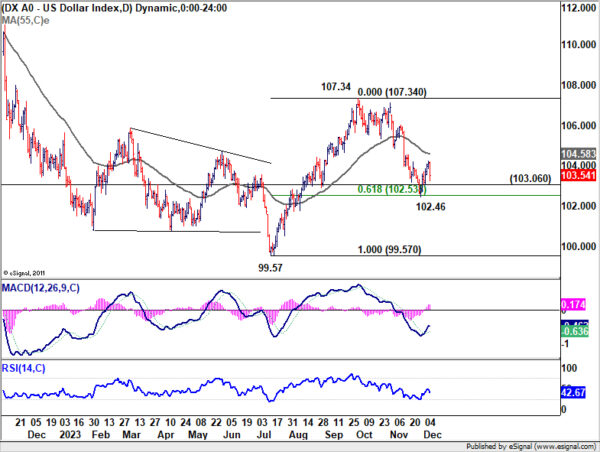





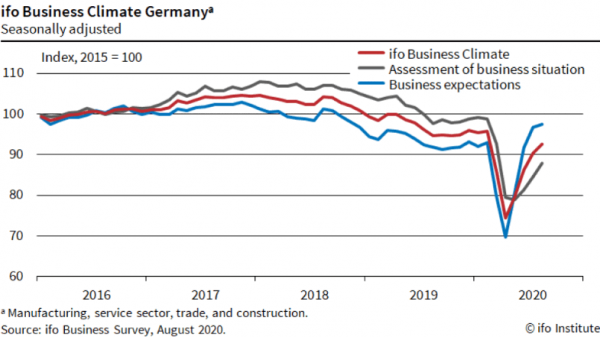
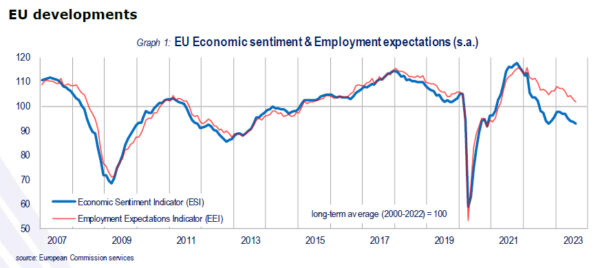
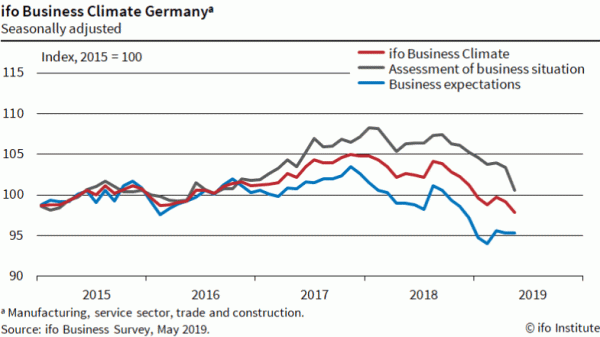
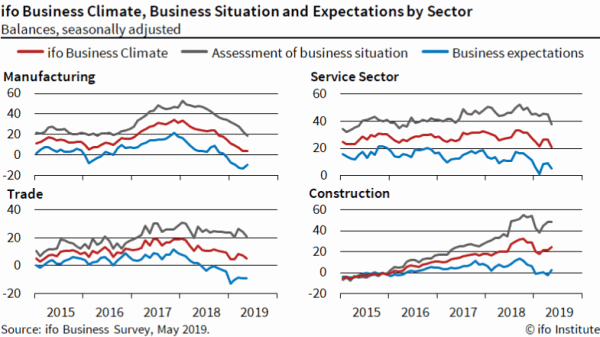
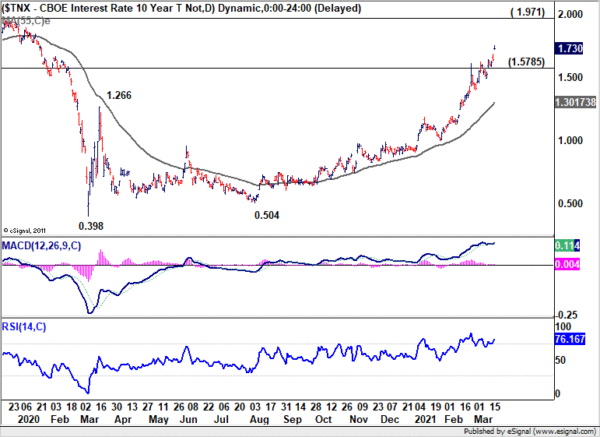
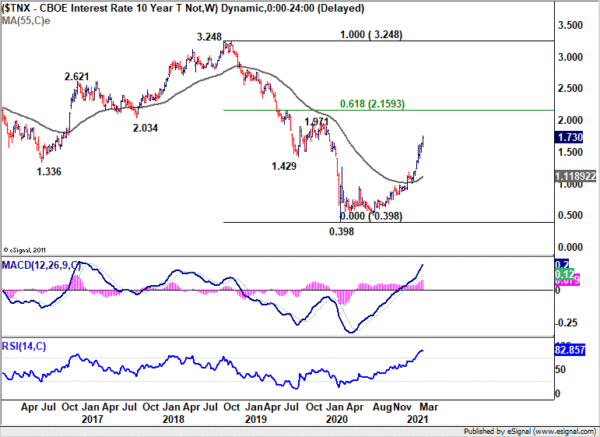
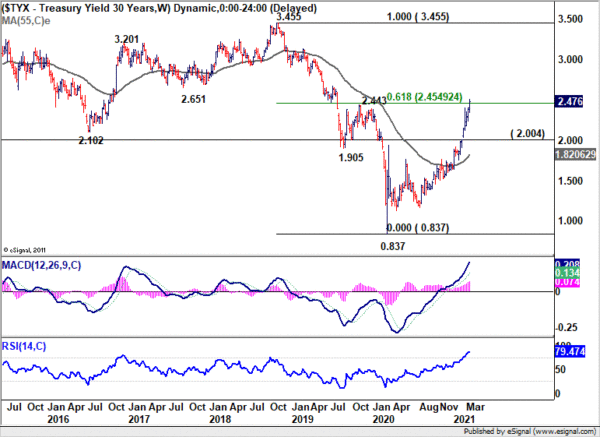
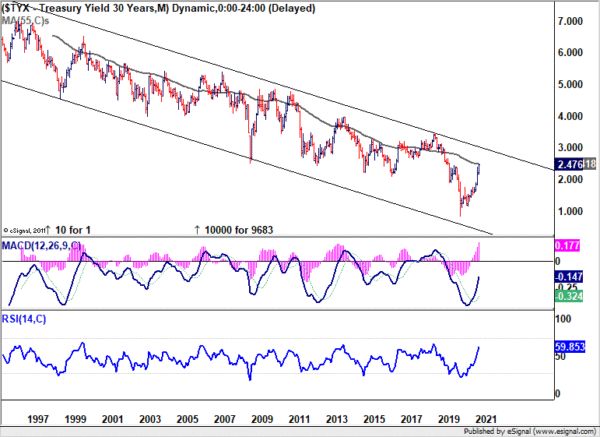
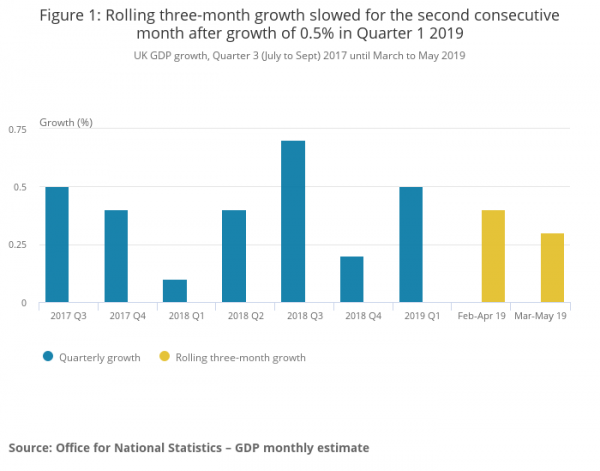
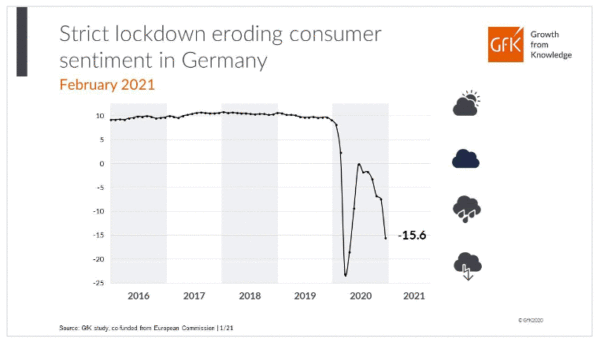
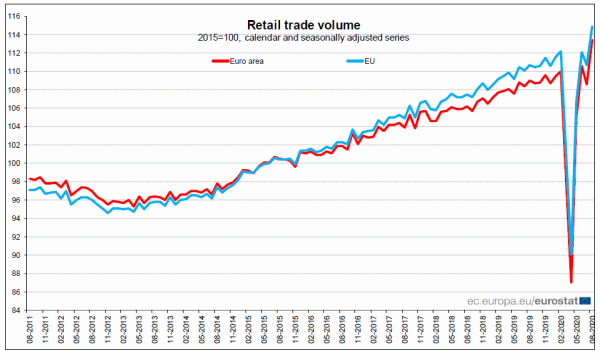
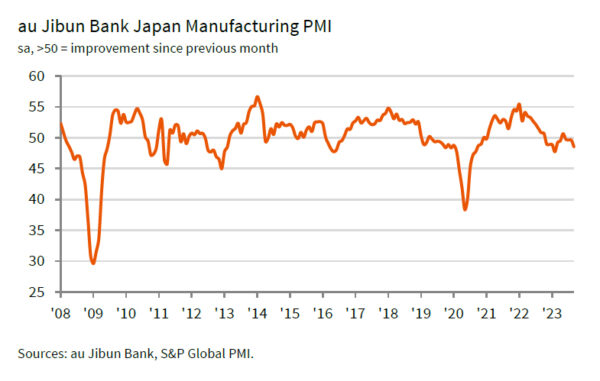
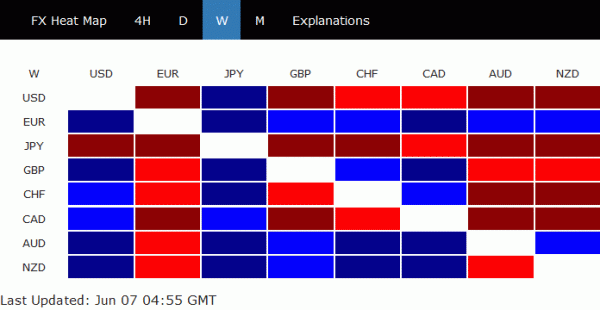
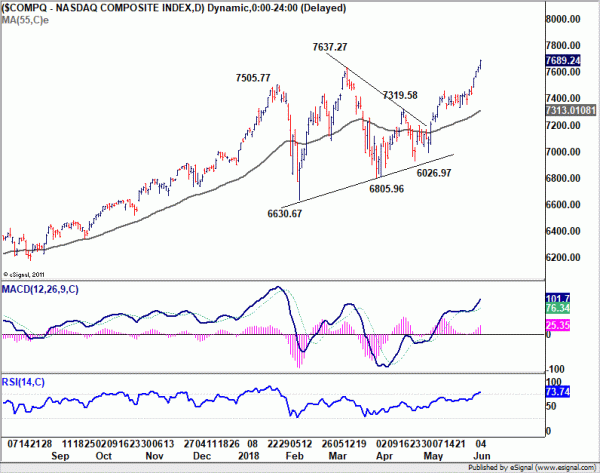
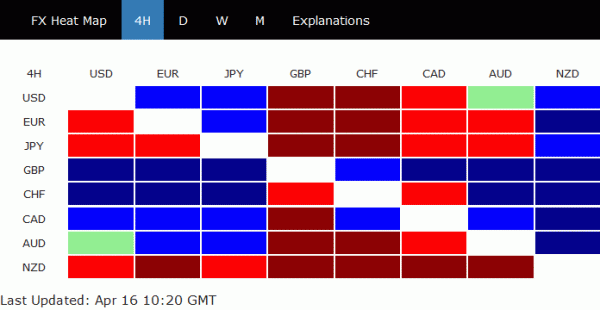
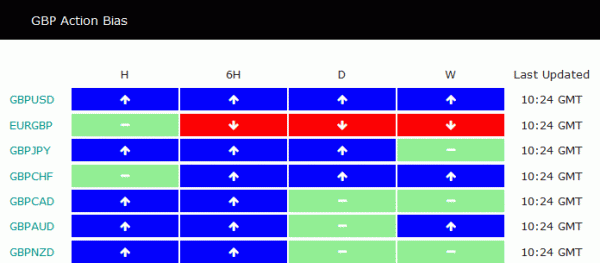
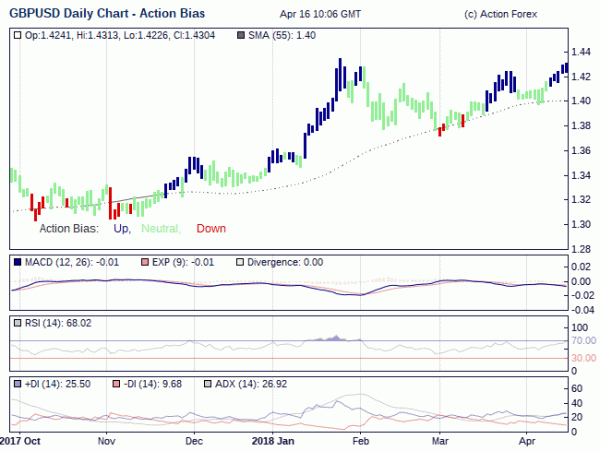

Mexico rejects safe third country proposal, pledges retaliation to US tariffs
As Mexican officials are meeting US counterparts this week to avert sudden increase in tariffs, Foreign Minister Marcelo Ebrard rejected that the so called “safe third country” proposal. Under this option favored by some US officials, Mexico will be forced to handle Central Americans seeking asylum in the US. Ebrard said “an agreement about a safe third country would not be acceptable for Mexico… They have not yet proposed it to me. But it would not be acceptable and they know it.”
Ebrard also hit back at Trump’s claims that Mexico was doing “nothing” to help the US. And he said 250k more immigrants would reach the United States in 2019 without its efforts. He reiterated the country’s commitment to continue to work on curbing migration flows from Central America to US.
Separately, Mexican Economy Minister Graciela Marquez warned in a statement that Trump’s tariffs on Mexican imports would affect all 50 US states, harm value chains, consumers and trade-related jobs in both countries. The proposed tariffs would cause total economic damage to the agriculture sector of $117 million per month in both countries. Marquez also pledged to retaliate if the proposed tariffs were imposed.
Mexico’s ambassador to the United States, Martha Barcena, also warned “Tariffs, along with the decision to cancel aid programs to the northern Central American countries, could have a counterproductive effect and would not reduce migration flows.”